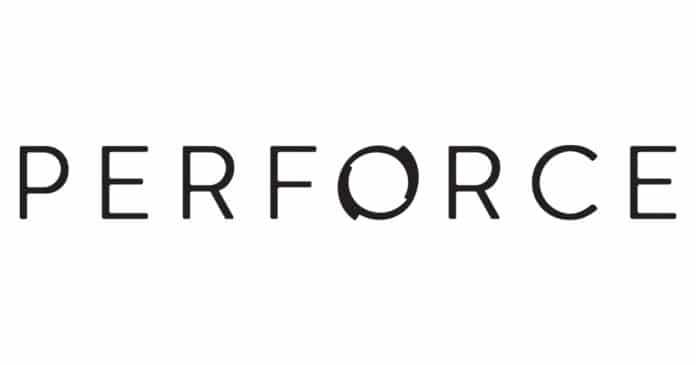Perforce Software, a non-profit that raises awareness and adoption of open source software (OSS), today unveiled the results of their annual open source survey – the 2022 State of Open Source Report.
The report, which is based on a survey of 2660 open source users, chronicles the adoption and propagation of open source software – and reveals key insights into the growing maturity of open source strategies across organizations of all sizes, industries, and locales.
The survey found 77% of respondents increasing their use of open source software over the last 12 months, with growing adoption of open source DevOps tooling, including testing, automation, orchestration, CI/CD, and AI/ML/DL technologies.
That expansion, however, is accompanied by familiar and emerging challenges. Organizations reported installation, configuration, and interoperability, as well as application of timely patches and updates as their top challenges in using open source software.
“As companies adopt more open source software, having experts capable of supporting each piece of that OSS becomes simultaneously more necessary and less feasible,” said Javier Perez, Chief OSS Evangelist at Perforce Software. “OpenLogic helps organizations solve this challenge by supplementing internal staff with remote technical support from experienced enterprise architects.”
The need for skilled open source talent was also a top barrier to open source adoption among survey respondents – a fact further complicated by widespread and ongoing technology skill shortages.
“Open source skills are in high demand, and that demand is only continuing to grow,” said Rod Cope, CTO at Perforce Software. “Organizations need highly-skilled open source talent to develop new, innovative products and features – and to support, optimize, and improve their existing systems.”
Alongside these challenges, the report indicates a widespread increase in the overall existence and maturation of strategies and practices that enable open source adoption. While still a relatively small percentage when compared to less advanced markers of maturity, 15% of respondents reported the existence of an open source program office (OSPO) within their organization.
This maturation was also evident in the number of companies contributing to open source projects and organizations. 32% of those surveyed reported contributions to open source projects, while 30% reported the development of new open source software available in public git repos. A further 69% reported sponsorship of at least one open source organization.
“The ongoing success, stability, and even security, of any software solution requires a concerted effort from organizations to support the open source they ingest,” said Stefano Maffulli, Executive Director at OSI. “While a high percentage of respondents sponsor open source organizations, surprisingly only 30% have processes for security compliance and only 15% or less have either an OSPO or a legal department familiar with open source licensing. This suggests that organizations see the importance and positive impact of supporting open source but there are plenty of opportunities to improve.”






































































